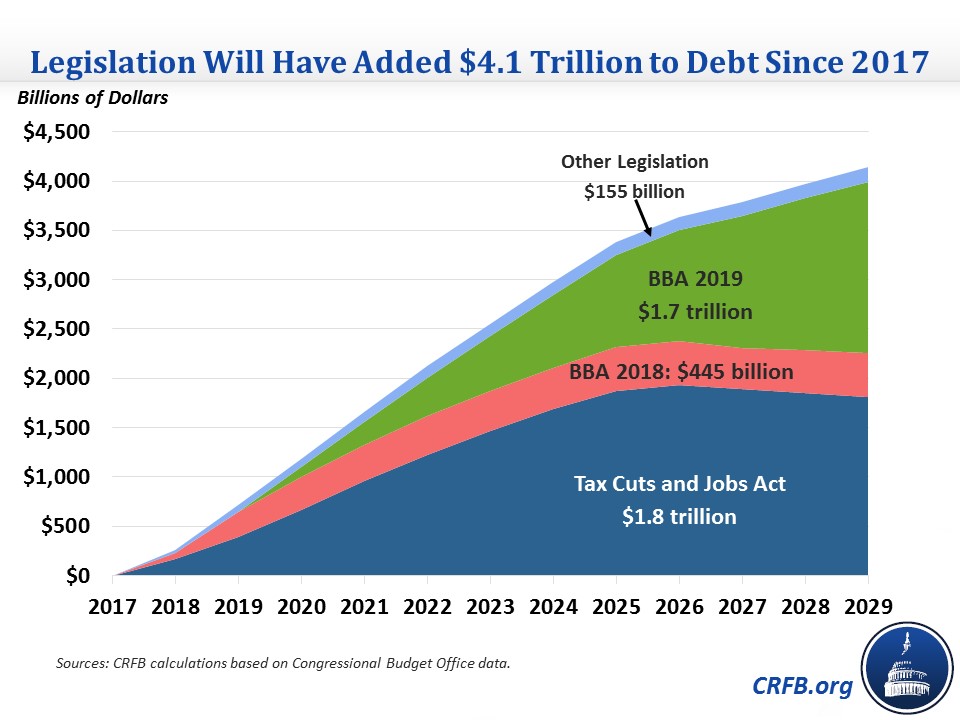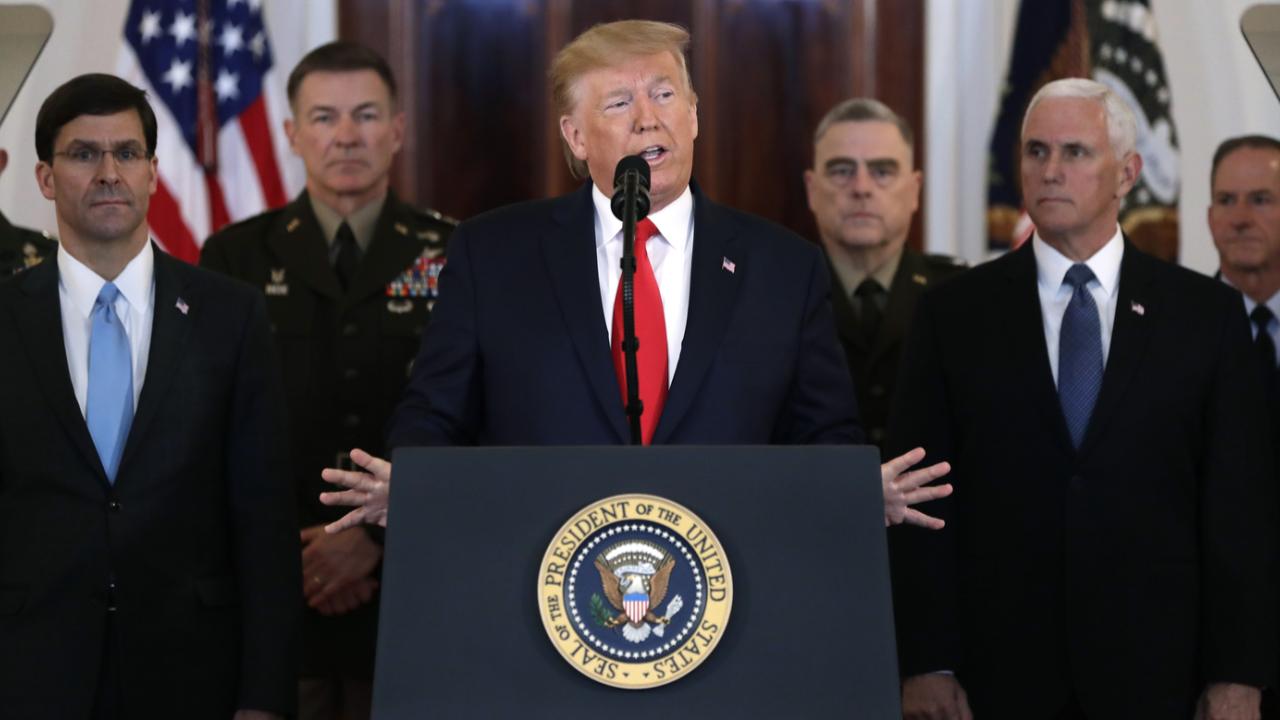President Trump’s flagship budget proposal just got a new, jaw-dropping price tag: $2.8 trillion added to the national deficit over the next decade. That staggering number comes courtesy of a fresh analysis by the nonpartisan Congressional Budget Office (CBO), and it has Capitol Hill buzzing with alarm, skepticism, and political fireworks.

New Price Tag on Trump’s Budget Bill
| Takeaway | Stat |
|---|---|
| Total added to deficit (2025–2034) | $2.8 trillion |
| Extra interest payments | $441 billion |
| Americans projected to lose health coverage | 10.9 million |
The Senate has until July 4 to approve a version of the bill using budget reconciliation, meaning it could pass with just 51 votes. Every Republican vote is critical. Expect more recalculations, arm-twisting, and eleventh-hour revisions. But one thing is clear: this is no ordinary budget fight.
A Deficit Blowout, Even with Growth
The bill, which combines sweeping tax cuts and federal spending realignments, was pitched as a growth engine. But the CBO’s dynamic scoring — which factors in economic feedback effects — still shows a $2.8 trillion deficit spike.
Without that optimistic growth lens? The number is even bleaker. “We were told these tax cuts would pay for themselves. They don’t even come close,” said Sen. Angus King (I-Maine), voicing concerns echoed across both aisles.
Deep Cuts to Safety Nets
Trump’s budget blueprint slashes funding for Medicaid, the Supplemental Nutrition Assistance Program (SNAP), and the Affordable Care Act. According to the CBO, these changes could leave 10.9 million more Americans uninsured by 2034.
That number hit me personally: I spent years reporting on rural health clinics where Medicaid keeps the lights on. Without that lifeline, communities will suffer. Period.
Raising the Roof on Debt
Alongside the deficit spike, the bill includes a $4–5 trillion increase in the debt ceiling, a move that alone could set off fireworks in Congress. The prospect of higher interest rates due to ballooning debt has rattled economists and rating agencies.

Polls Paint a Grim Picture
A new Washington Post-Ipsos poll found that 42% of Americans oppose the bill, with only 23% in support. Awareness remains low, but opposition spikes once people learn about the projected costs.
This is especially true among independents and younger voters, a demographic Trump is keen to win back in 2026.
Political Civil War Within the GOP
The House passed the bill narrowly, but Senate Republicans are deeply split. Budget hawks like Sen. Rand Paul (R-Ky.) and Sen. Susan Collins (R-Maine) have publicly denounced the plan. “You can’t call yourself a fiscal conservative and vote for this monstrosity,” Paul tweeted. Meanwhile, supporters argue the growth effects and deregulation will lead to a healthier economy in the long run.
FAQs
How much does the Trump budget bill add to the deficit?
According to the CBO, the bill adds $2.8 trillion to the national deficit over ten years, even when economic growth effects are included.
Will it raise the debt ceiling?
Yes, the bill includes provisions to raise the federal debt ceiling by $4 to $5 trillion, making it a flashpoint for both fiscal conservatives and debt hawks.
What programs are being cut?
Major proposed cuts include Medicaid, SNAP, and subsidies under the Affordable Care Act, potentially leading to millions losing coverage.






